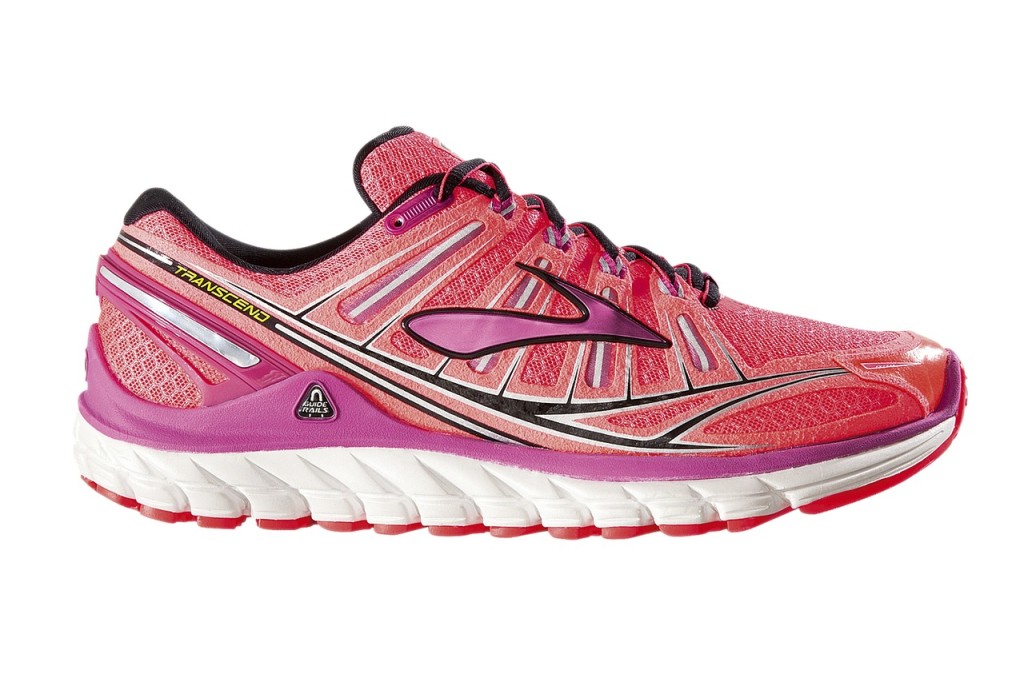 Running provides a lot of health benefits, including the ability to melt away hard to burn belly fat. Belly fat is difficult to break down because it is stationed in a location that doesn’t move as frequently as your arms and legs. Also there are very few exercise, when done alone that can break down this thick, tough fat. Running, is one of the exercises that can break down this fat and allow your body to excrete it through one of its many methods.
Running provides a lot of health benefits, including the ability to melt away hard to burn belly fat. Belly fat is difficult to break down because it is stationed in a location that doesn’t move as frequently as your arms and legs. Also there are very few exercise, when done alone that can break down this thick, tough fat. Running, is one of the exercises that can break down this fat and allow your body to excrete it through one of its many methods.
Benefits
Running helps you to burn fat and build muscle. It helps develop the muscles of the legs, the butt, the lungs, the back and the abs. It also helps to strengthen the heart and increase circulation to the entire body.
While circulation is increased, the fat that is burned is carried through the blood stream in excreted through one of the body’s various methods. It can be excreted through sweat glands, through the urinary tract or through digestive elimination later.
Running helps to build stamina, endurance and increase your workout performance as well. It creates a healthier body and mind.
How to Warm-up
Before running, you should always complete a proper warm-up. This warm-up should consist of stretching every muscle in your body. Stretching is important so that you can prepare your muscles for the intense workout they are about to experience. Failing to do so could cause your muscles to cramp, tear, rip, or worse – damage tendons.
After stretching, you should start out with a brisk walk that slowly turns into a jog and then a run. Your body will tell you if you are pushing yourself to fast.
The Proper Form
It is important to maintain the proper form at all times while you are running. Your form promotes circulation, increases the workout your muscles get and ensures that you do not become injured.
The proper form includes:
• Maintaining short, quick strides
• Keep your knee in line with your foot when it impacts the pavement.
• Push up and off of the ground.
• Keep your elbows at a 90 degree or less bend.
• Keep your hands relaxed, loose and below your chest. Your hands should never cross the mid-line of your body.
Going Up Hill
• Make sure to keep your head and chest up.
• Look straight ahead, do not bend your neck.
• Keep your shoulders back to increase lung capacity.
• Spring from your toes, pushing up and off of the hill.
• Do not EVER bend at the waste or hunch overlaying
• Do not create fists, keep your hands loose
Going Downhill
• Keep your torso straight
• Look ahead
• Maintain your posture with your nose over your toes
• Step softly, never let your feet slam over the pavement, you will be risking injury.
How to Cool Down
Cooling down is just as important as warming up. It allows your muscles to release build up lactic acid that will cause stiffness later. Slowing to a walk for at least 10 minutes and then stretching every muscle in your body will ensure that your muscles do not cramp and that you are not extremely sore later.






